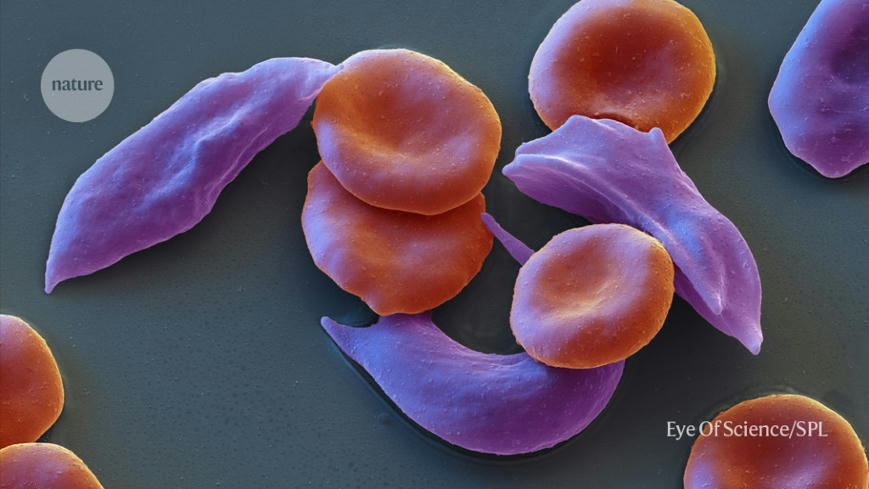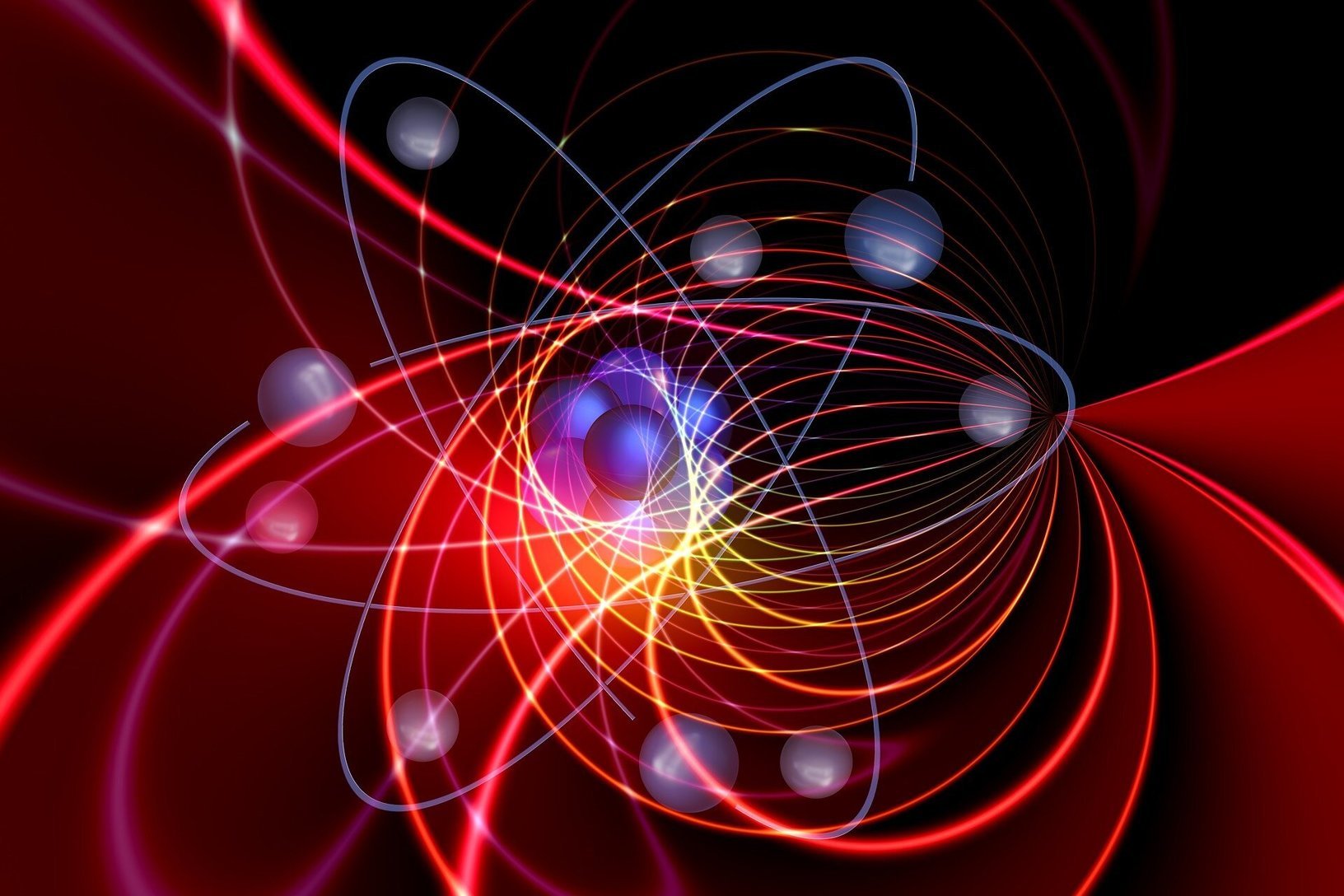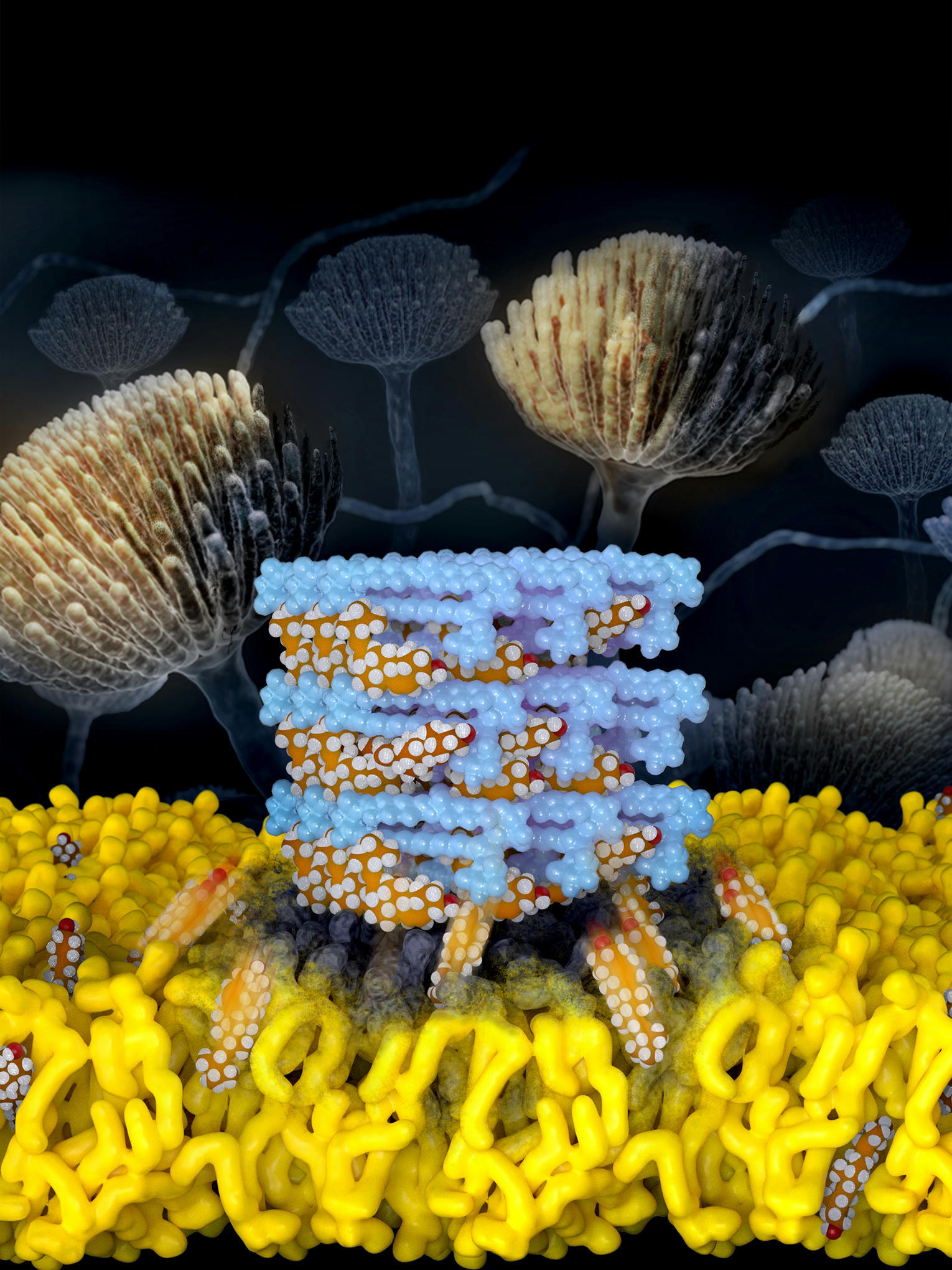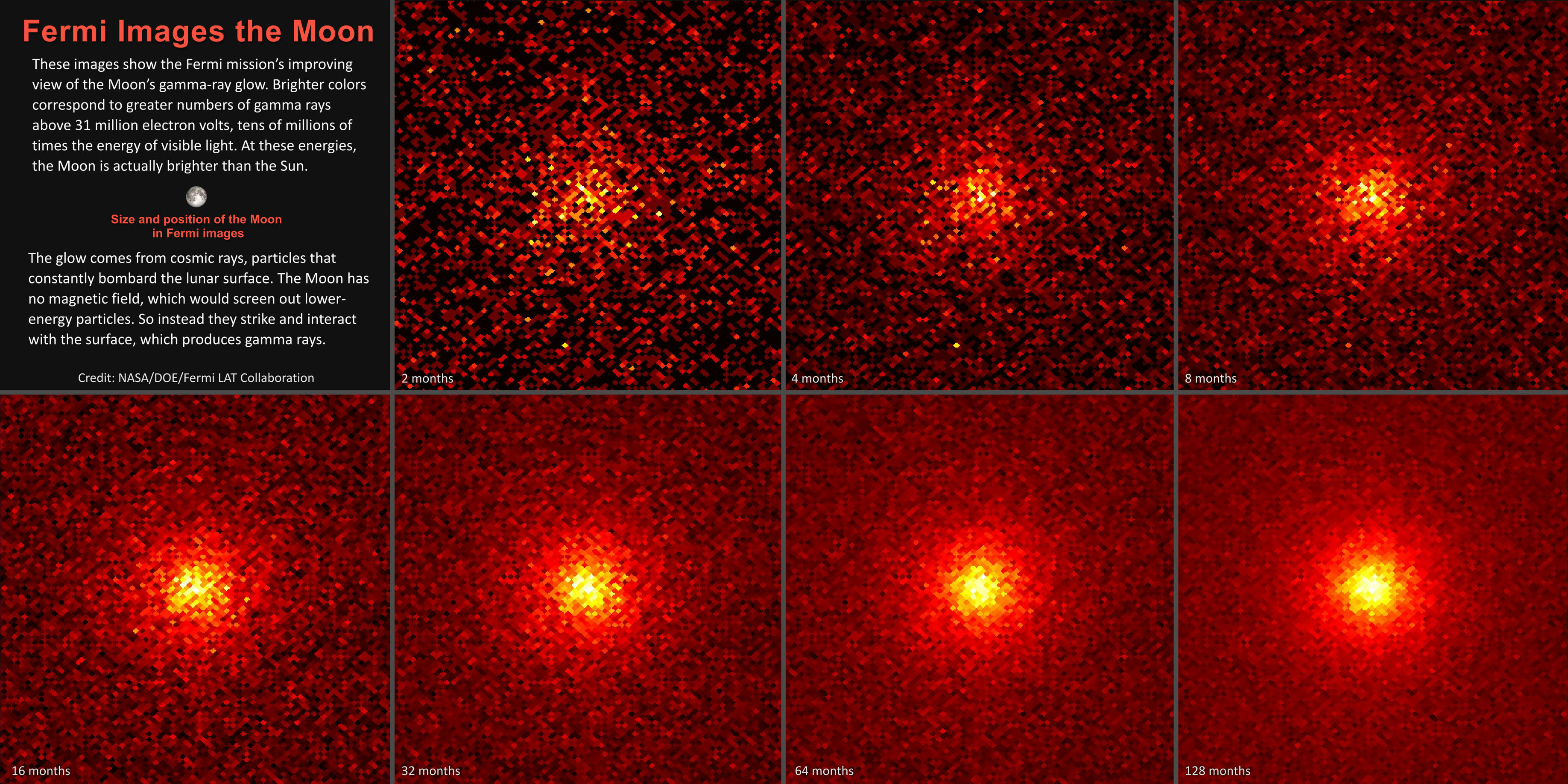
The Chinese government will accelerate the widespread production of advanced humanoid robots by funding more startups in the robotics field.
Fourier IntelligenceChina is hoping to welcome robotkind in just two years’ time. The country plans to produce its first humanoid robots by 2025, according to an ambitious blueprint published by the Ministry of Industry and Information (MITT) Technology last week. The MITT says the advanced bipedal droids have the power to reshape the world, carrying out menial, repetitive tasks in farms, factories, and houses to alleviate our workload.
“They are expected to become disruptive products after computers, smartphones, and new energy vehicles,” the document states.The government will accelerate the development of the robots by funding more young companies in the field, as reported by Bloomberg. Fourier Intelligence is one such Chinese startup hoping to start mass-producing general-purpose humanoid robots by the end of this year. The Fourier GR-1 measures five feet and four inches and weighs around 121 pounds. With 40 joints, the bot reportedly has “unparalleled agility” human-like movement. It can also walk at roughly 3 mph and complete basic tasks.
China isn’t the only country working on our future robot helpers, of course. In the U.S., Tesla is continuing to refine Optimus. The bipedal humanoid robot has progressed rapidly since the first shaky prototype was revealed at the marque’s AI day in 2022. It can now do yoga, in fact. Tesla has yet to announce a firm timetable for when Optimus will hit the market, but CEO Elon Musk has previously said that the $20,000 robot could be ready in three to five years.
Agility Robotics is another U.S. company with “building robots for good.” It opened a robot manufacturing facility in Oregon earlier this year that can produce more than 10,000 Digit droids per year. It also recently announced that Amazon will begin testing Digit for use in their operations.
Meanwhile, Boston Dynamics—makers of Spot, the $75,000 robotic dog—has built another decidedly agile bipedal robot. Atlas showed it could move various obstacles earlier this year, after nailing a parkour course in 2021. Boston Dynamic’s Atlas is a research platform and not available for purchase, but the robot does show the U.S. is on par with China in terms of droid design.
Read the full article at: robbreport.com








